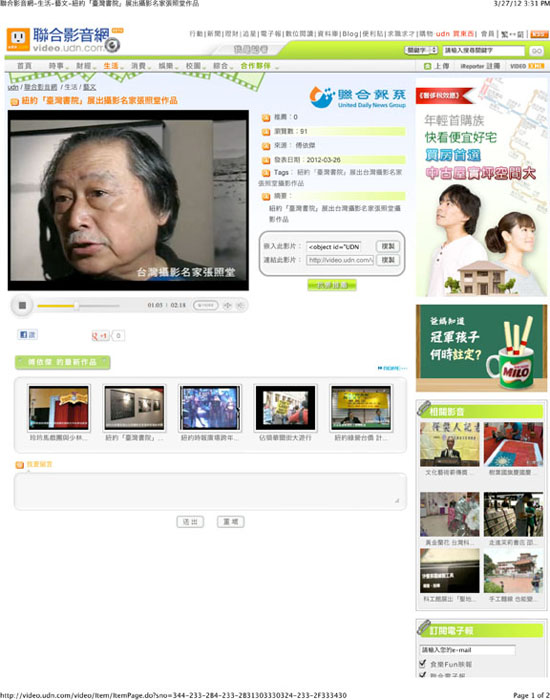Chang Chaotang in New York
Chang, Chaotang’s images are deceptively simple. So is he.
Introspectives : Photographs of Taiwan 1960 – 2005, is the third exhibit of Chaotang’s photographs I’ve curated in the span of a year. No mean feat.
When I received a compilation of Chaotang’s work in early 2011, I took a cursory look at his images and figured that my curatorial efforts would be simple and straightforward; an easy sum of the parts. After a preliminary selection, I realized there were deeper layers of insight that had escaped me. My initial assessment seemed superficial and had missed the mark. I started over, several times. It’s not just that Chaotang has a tremendous body of work encompassing more than five decades of image making – a curatorial challenge by any standard; I also had to account for the many facets of his life, his evolution as a person and an artist, his visual language, the arc of his work… it’s daunting to curate Chaotang’s images into a single exhibit.
We presented two exhibits of Chaotang’s photographs in our 2011 FOTOSEPTIEMBRE USA Festival, as part of Taiwan’s Splendid For 100 celebrations. One at the Instituto Cultural de Mexico in San Antonio, in which the images tended to formal abstractions, and the other at the City of San Antonio International Center, which was more of a historical retrospective. Even so, I knew we were not doing justice to his work. Yet, in eighteen years of producing our festival, we had never presented two concurrent exhibits by the same artist. Chaotang was the exception.
For this exhibit at the Taiwan Academy in New York, I made a selection of prints from the two prior exhibits and added a few more to the mix. The title, Introspectives is a composite of introspection and perspective, two essential traits that define Chaotang’s distinctive character and his work. The title also reflects his approach to image making: intuitive, thoughtful and unobtrusive, underlined by a perceptive depth and a precise point of view.
Chaotang is a master storyteller. He tells street stories, where hot soup is plentiful, gestures abound, and life is at its fullest. His stories are not sequestered in chapters, and they don’t cycle neatly into pre-determined finales. They reveal themselves randomly, surreptitiously, as interludes, in flashbacks, with subvertive running commentary. Ultimately, it dawns on you that the stories he tells are his own.
Speaking of stories, Chaotang has been to the Alamo and has supped on chicken caldo; he has traveled up and down the Texas Hill Country, savoring PoPo’s fried chicken in Welfare and juicy ribs at Cooper’s BBQ in Llano – two of Texas’ hallowed culinary shrines; he has been to Comanche Rock and he has been to Luckenbach, the music capital of Texas. More to the point, he was designated by the City of San Antonio as San Antonio’s Cultural Ambassador to the rest of the world.
Chang, Chaotang is a true son of Taiwan, no doubt. However, considering his Texas bona fides, Chaotang is as much a Texan as any Texan can be.
Michael Mehl
Festival Director
FOTOSEPTIEMBRE USA-SAFOTO
San Antonio, Texas
• Exhibit Documentation
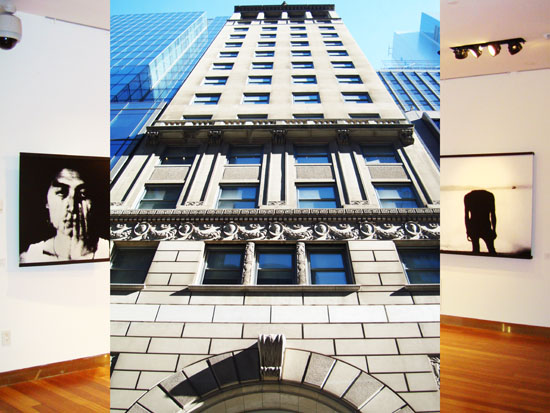
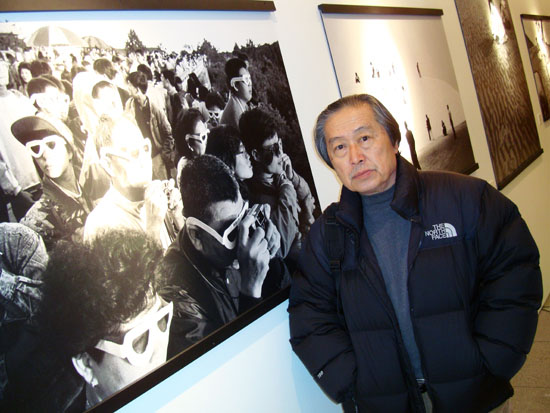
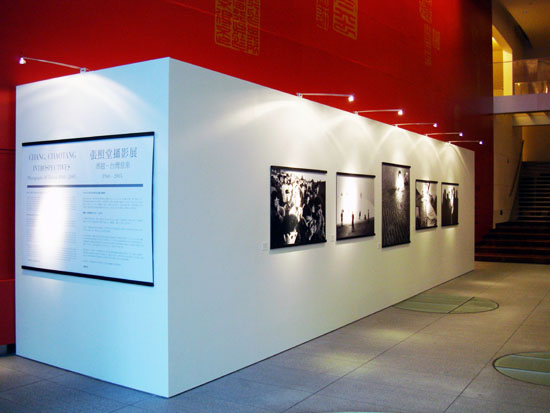
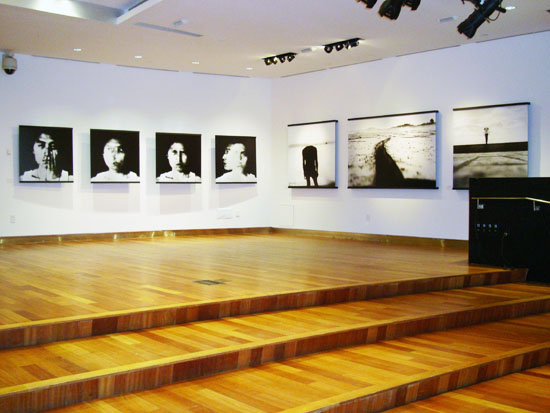
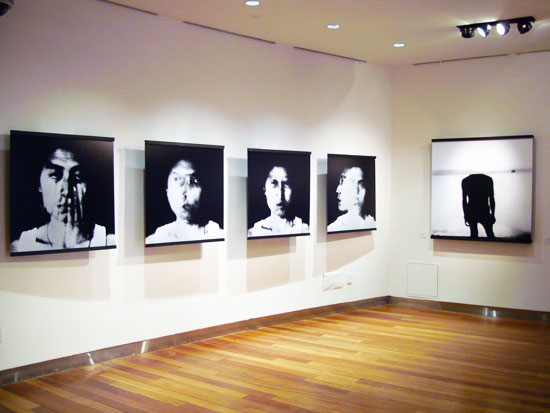
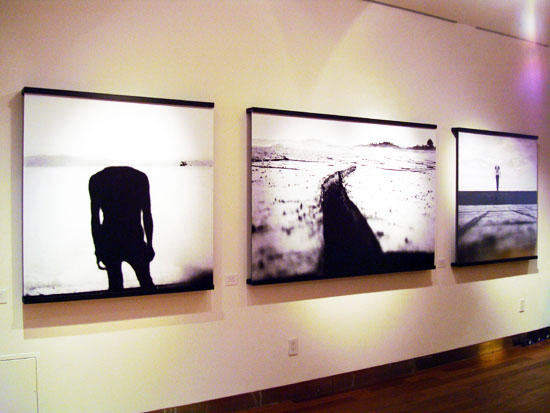
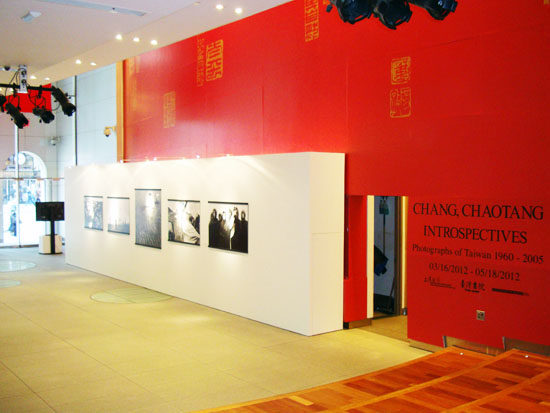
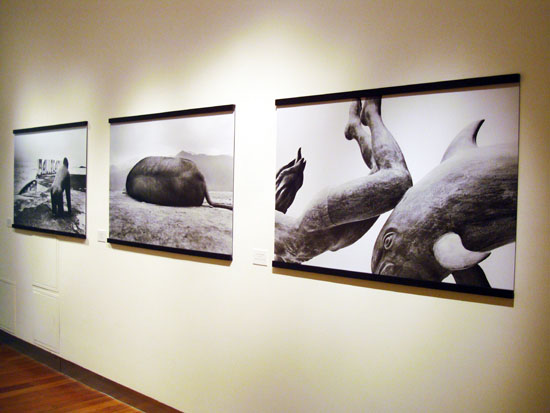
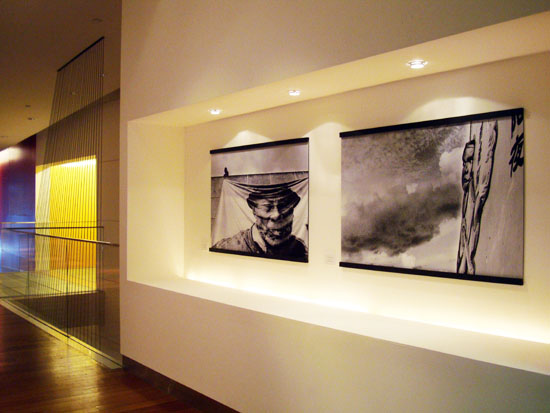
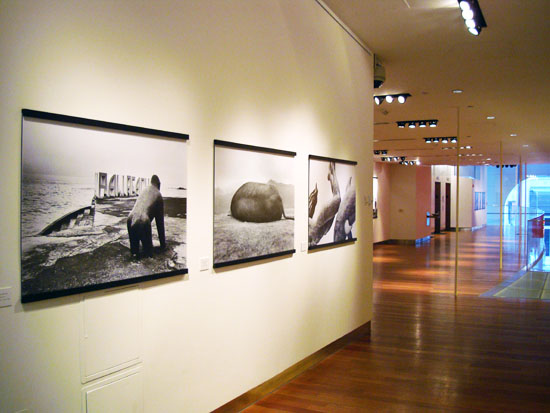
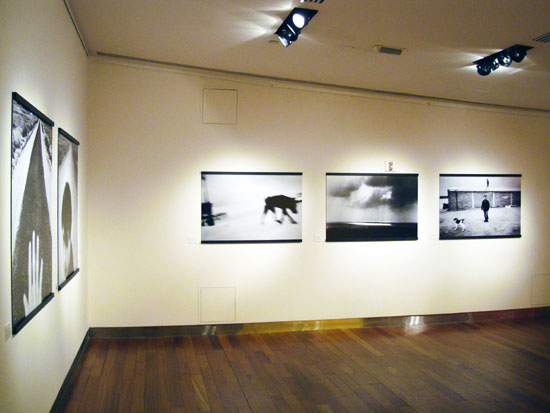
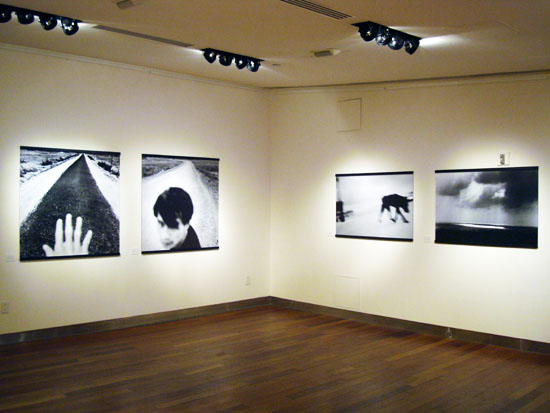

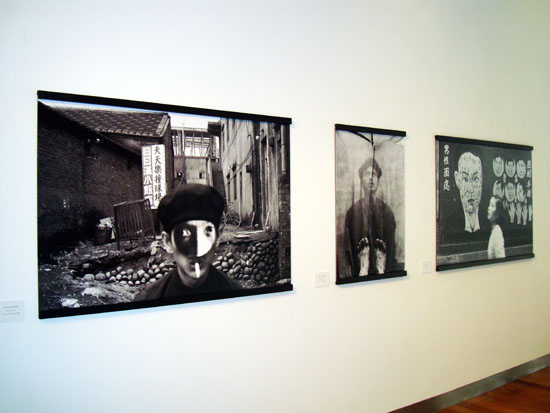
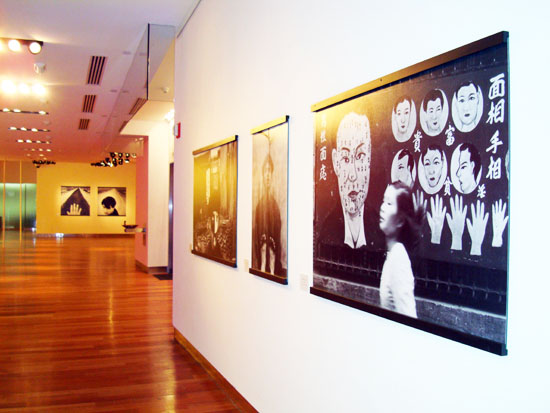
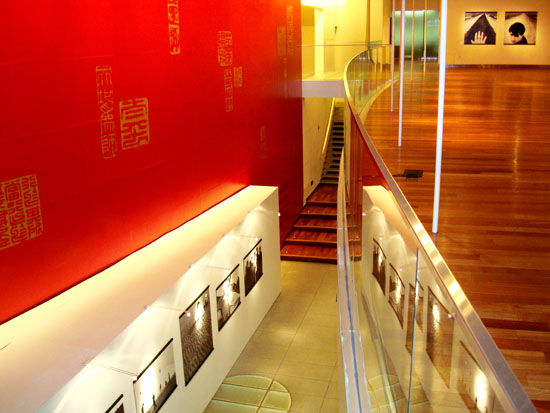
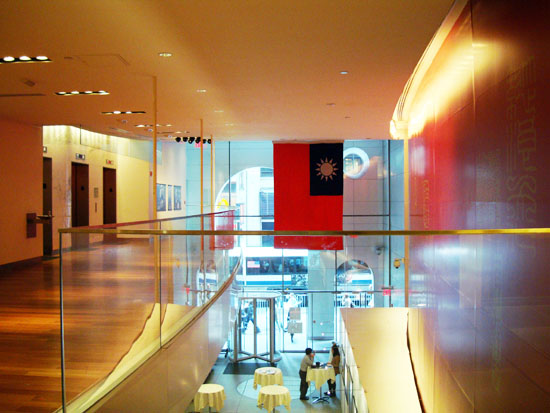
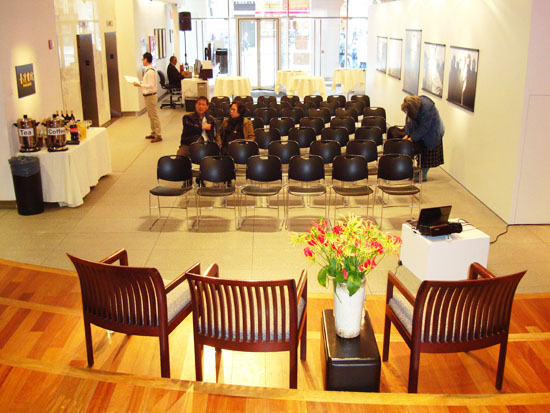
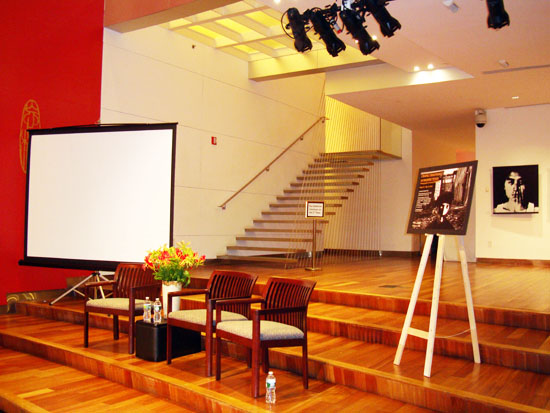
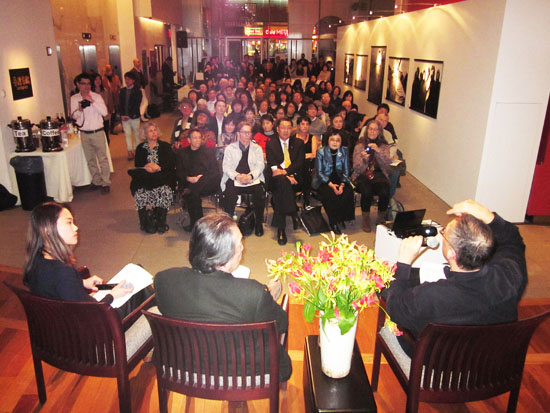
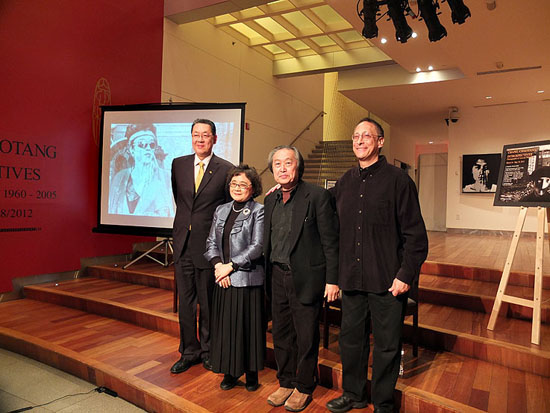
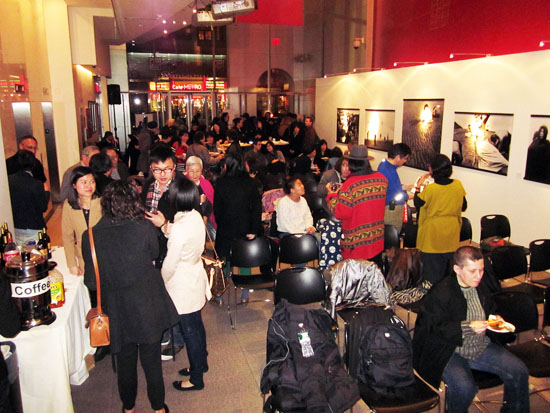
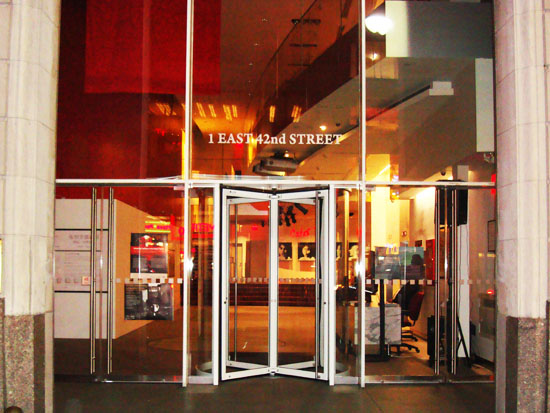
• Chang, Chaotang : In his words
• I started taking photographs because my big brother used to own a camera himself. That was in 1958, and I was in the third year of my junior high school (15 years old). In order to ease the heavy burdens of my homework, I would take this camera with me -maybe as an excuse- to go out and walk around everywhere, purely for fun and relaxation. Not until my college days (1962) did I start to write some serious stuff, and the reason behind this was also to distraction from boredom and the suffocated atmosphere.
• At that time not many people owned a camera in Taiwan, and it was extremely expensive to buy films, let alone to develop them. Therefore I always took these early photographs with extreme discretion. There weren’t many of them, and at that time all I can afford was to make the contact sheets -there was no chance to make the actual prints of my photograph at that time. During my university years, I started to have a glimpse of the development in photography and painting outside Taiwan, mainly through Life or Time magazine in my school library. I was not interested in the pictorialist legacy of Chinese photography. What attracted me, and influenced me most, were these avant-garde/modernist/existentialist writers, surrealist painters, absurdist dramatists, and film directors.
• I have a very high regard for documentary photographers, but do not want pinpoint myself as one. To be honest, I would rather be a photo essayist, because it gives you more space to develop your own idiosyncratic vision. I like the atmosphere of the vernacular and the plebeian, dislike any strict rules and unreasonable institution, and always want to distance myself from conservative thinking, hypocrisy, and authority. Maybe in some way, my personal philosophy has gradually reflected in these photographs. Is that a political consciousness?
• My personal philosophy towards life has remained roughly the same since my college days. If there was any dissatisfaction, I think they all reflect in my works. I believe that agony is one of the main sources for artistic creation. One should use his works to express, to relieve, or to reconcile with his inner bitterness and anguish. Many artists were persecuted by the government before the lifting of martial law in 1987, and things were quite nasty from the 1950s to the 1970s -which was commonly referred as The White Terror era. For a long time, documentary photography in Taiwan was suppressed due to the forementioned political context, but the situation was much better for documentary photography during the 1990s, after the martial law had been lifted.
• My concern for the social reality probably originated from my experience of working as a cameraman in a TV station (1968). This gave me a chance to get in touch with all aspects of society, especially the vernacular and the often-ignored lowlife. Later I started to produce news features and documentary films for various channels, and it helped me to relocate my photography focus towards the social reality of everyday life.
• I’m deeply fascinated by gestures, and always want to express them through my camera lens. When photographing people, I want to pursue the gestures of emergence and deployment, capturing their life and existence, and thereby unfolding my own gesture of observation and contemplation. Maybe I’m deeply influenced by theatre and film, there are some visual parallels -in terms of visual content and composition style- between my photography works and the so-called film stills. It seems to me that when we’re in motion, capturing the most appropriate and touching moment can be understood as freezing the human gestures of that fleeting instant. Of course, there are always scenes that cannot be photographed. Few years ago I wrote an essay about the gestures that I want to photograph but have no way of conceaving them, such as falling, seizure, vomiting, brawling, or deep in coma.
• The traditional idea of beauty seems bogus to me. During the 1960s I was deeply involved with the emerging modernist movement in Taiwan. At that time the localized modernism in literature, painting, poetry, music, and drama had only just begun in Taiwan. Me and my friends had devoured everything that came along with this movement, and tried extremely hard to appropriate and reinterpret it by our own angle and artist vision. I tried to take my photographs differently. I wanted to develop a kind of uneasy strangeness through my photographic imagination for the sake of emphasizing or concealing the subject, that’s why there were so many interplay/interchange of focusing and blurring in my images.
• I like some of the aesthetic elements in calligraphy, such as its abstract contour and lines. My recent tendency is to capture visions with minimal elements, but of extensive and tranquil quality. It could be just a few lines which represent the living reality and the feeling of being parts of it. Rarely do we encounter such a scene.
• What matters most in photography is one’s intuition. Learning and experience is nothing but a process of basic training in our long life. The act of creating art will change and evolve with one’s life experience and surroundings. I’m not that reckless and sharp as I used to be, and my energy and adventurous spirit has more or less lost their edge. I will gradually adopt a simple mind and calm attitude, so as to face up my photographic works, and what matters most, life itself.
• Media Coverage
New Tang Dynasty Television (Link)
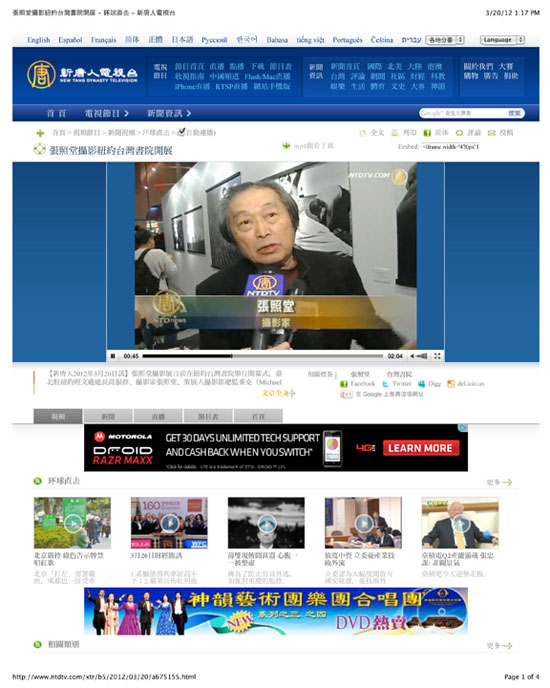
Epoch Times 1 (Link)

Epoch Times 2 (Link)

Epoch Times 3 (Link)

World Journal (Link)

Sing Tao Daily (Link)
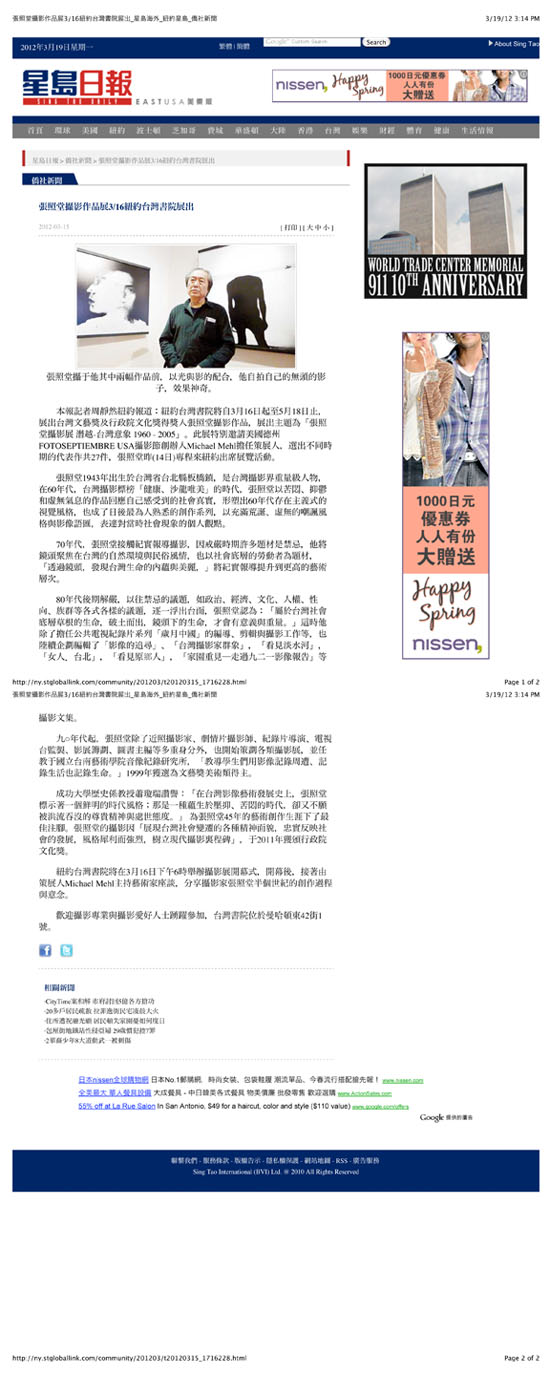
Health Today (Link)

ArtLinkArt (Link)
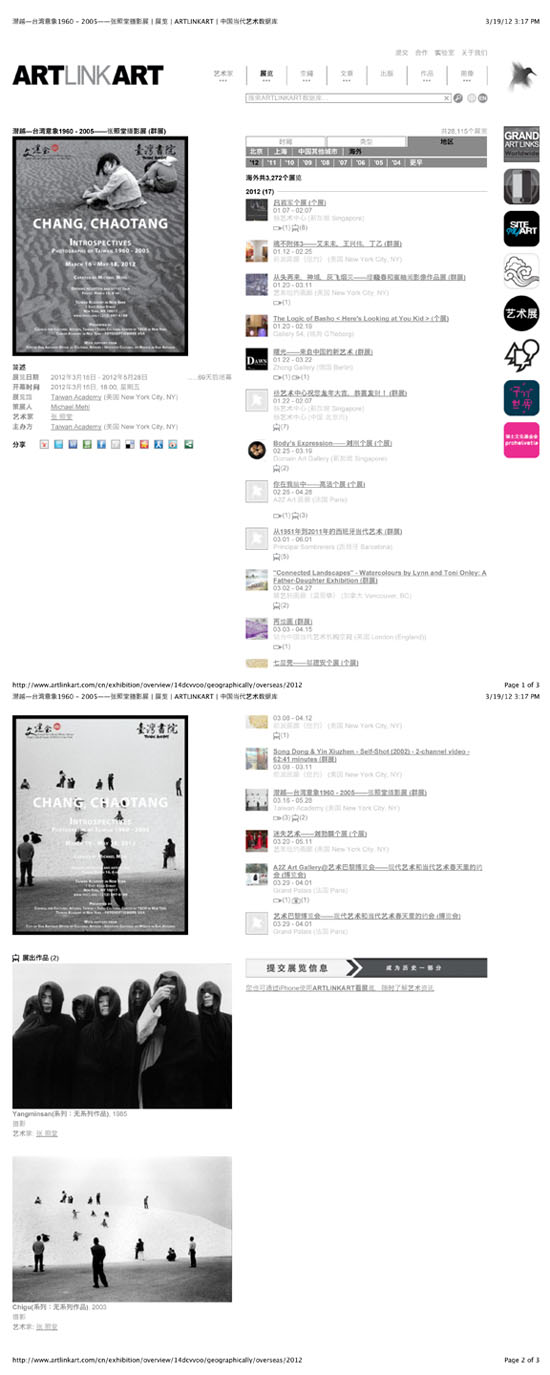
UDN Video (Link)
